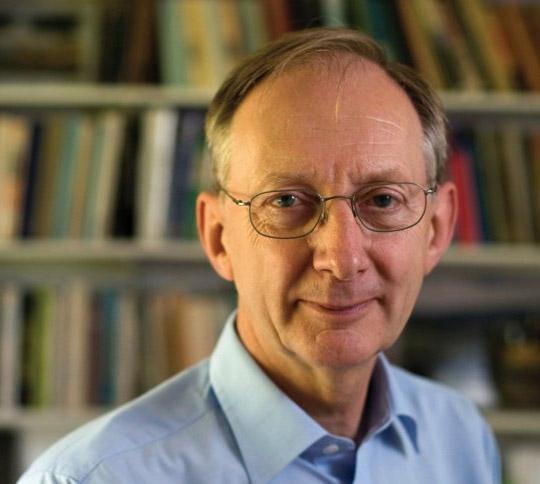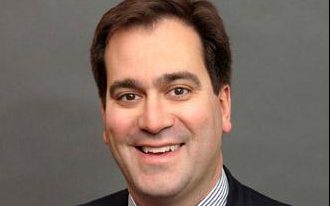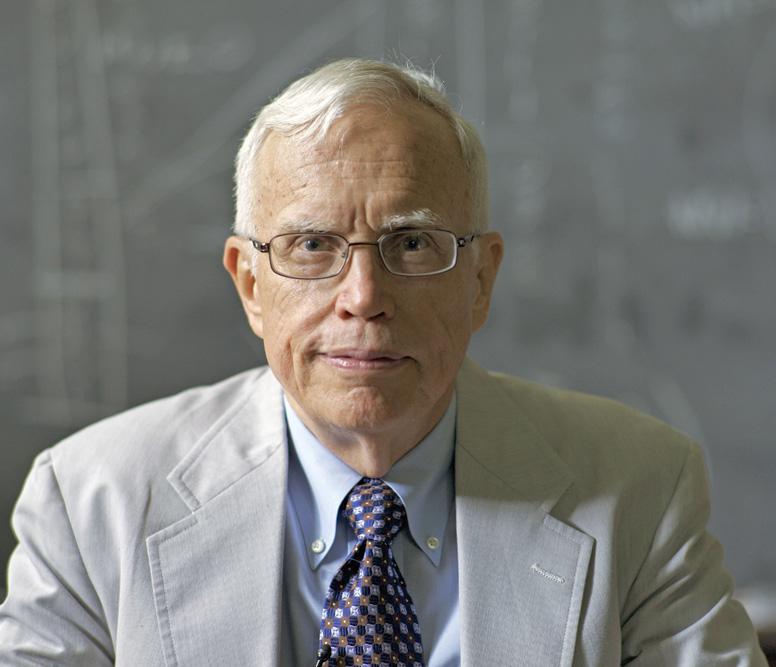Paul Alivisatos

Paul Alivisatos
FUTURE: NANOSCIENCE
Prof. Paul Alivisatos is the University of California (UC) Berkeley’s Samsung Distinguished Professor of Nanoscience and Nanotechnology.
Prof. Alivisatos is one of the founders of nanoscience and has pioneered the development of the fundamental building blocks of nanotechnology: colloidal inorganic nanocrystals. Alivisatos and his team first synthesized semiconductor nanocrystals for use as fluorescent probes.
His biological quantum dots enabled color-coded identification of multiple cell structures for many biomedical applications. By synthesizing direct-gap semiconductor nanocrystals with electroluminescent polymers, Alivisatos’s team constructed hybrid organic/inorganic electroluminescent devices to precisely engineer the light spectrum.
He also developed a new generation of photovoltaic systems, combining nanocrystals with plastic electronics for a semiconductor-polymer device, and then created inorganic ultra-thin solar cells based on dense nanocrystal films.
Alivisatos made heterostructures of nanorods, forming nanotubes and other assemblies useful in catalysis, microelectronics, and energy storage. These enabled the photocatalytic production of hydrogen, with prospects for direct production of liquid fuels from sunlight and water. His tetrapod heterostructures have a quantum yield up to 60%, with promising optical sensing and light emission-based applications, such as LEDs and imaging labels.
Prof. Alivisatos has been recognized for his accomplishments with awards such as ), the National Medal of Science (2015), the ACS Materials Chemistry Award (2014), the Wolf Prize in Chemistry (2012), the Linus Pauling Medal (2011), the Von Hippel Award of the Materials Research Society (2011), the Ernest Orlando Lawrence Award (2006), the Eni Italgas Prize for Energy and Environment (2006), the Rank Prize for Optoelectronics (2006), the Wilson Prize, the American Chemical Society Award for Colloid and Surface Science (2005), and the Coblentz Award for Advances in Molecular Spectroscopy (1994). He is a member of the National Academy of Sciences and the American Academy of Arts and Sciences.


